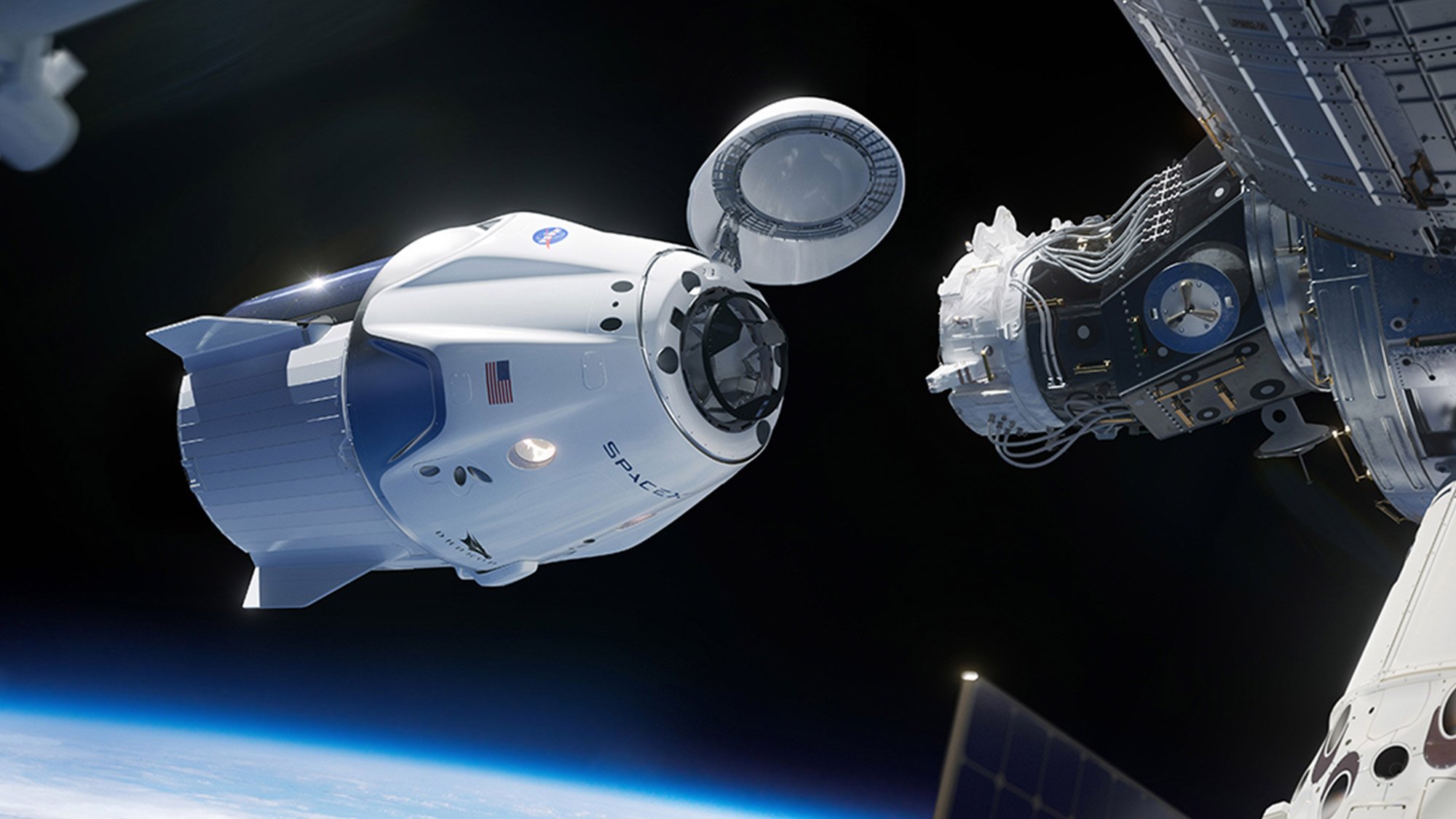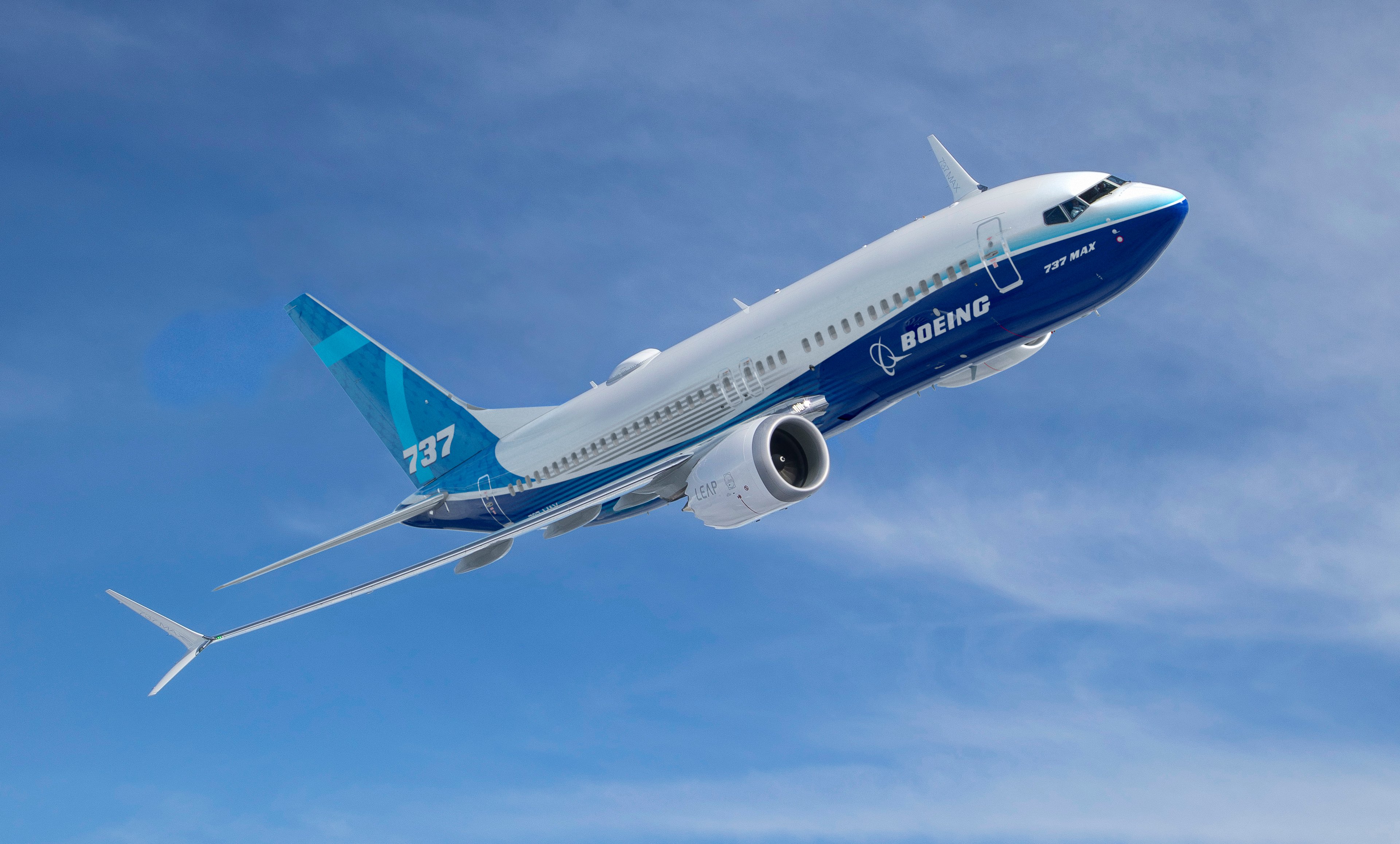Last month, a Wall Street Journal report that Boeing (BA +0.08%) had approached Embraer (ERJ +0.53%) to discuss a possible merger drove Embraer's stock up 22% in a single day. Talks are ongoing among the parties, but the Brazilian government owns a "golden share" in Embraer, and with it, can veto any deal. Thus, no merger can happen until Brazil has given its consent -- and by all accounts, while the Brazilians are open to the idea of Boeing making an investment in Embraer, they're not at all keen to allow Boeing to buy Embraer outright.
Regardless, Embraer stock is holding on to almost all of the gains it enjoyed in response to the initial news. That's not entirely surprising. This deal actually makes a lot of sense for Boeing.

Image source: Embraer Defense.
Civilian synergies
As my fellow Fool and civilian aerospace enthusiast Adam Levine-Weinberg explained last month, Boeing appears to be looking at Brazil's Embraer a lot like the way Airbus (EADSY +0.94%) is looking at Canada's Bombardier -- as a way to co-opt a rising rival before it becomes a threat, and also stake out a position in the market for very small commercial jetliners.
In October, Airbus and Bombardier inked a deal giving Airbus a bare majority (50.01%) stake in Bombardier's CSeries program. Bombardier will continue to build the CSeries jets, but Airbus will take over the job of marketing and selling the planes, and also provide customer support. In so doing, Airbus will add to its product line a class of aircraft whose capacity (ranging from 108 to 160 passengers) ends right about where Airbus' own A320 Family of aircraft begins.
The situation with Boeing and Embraer would be similar. Embraer's E-series jets max out at about 130 seats, which is 10 fewer than the smallest Boeing jet (the 737 MAX 7) can carry. As a side benefit, Boeing would gobble up Embraer before the company gains expertise in building anything big enough to directly compete with Boeing's 737s.
But there's a further benefit to Boeing in buying Embraer that's over and above what Airbus will get from tying up with Bombardier: warplanes.
Boeing shoots low at the new high-low paradigm in defense
The U.S. Pentagon has been debating the benefits of a "high-low" approach to defense spending for years. Basically, the argument goes like this: When planning for future wars, the U.S. military knows it will face a variety of threats. At one end of the scale lie adversaries such as Taliban and ISIS insurgents. These enemies have no air force, and their anti-air capabilities basically consist of AK-47s pointed up. At the other end of the scale, however, the U.S. military must also be prepared to contend with near-peer adversaries such as Russia and China, which boast sophisticated fighter jets, effective anti-air defense -- and satellites, drones, and all the other paraphernalia of 21st-century warfare.
Modern, fifth-generation fighter jets such as Lockheed Martin's F-22 Raptor stealth fighter can address the whole range of threats, from low to high. In demonstration of which, in Syria, F-22s fly air superiority missions keeping an eye on Syrian and Russian fighter jets. In Afghanistan, F-22s recently blasted a Taliban-run drug lab (at a cost of $68,000 per flight hour).
Buying such "jack-of-all-trade" aircraft simplifies the Air Force's supply chain, and permits pilots and mechanics to train on just one weapons system. But even so, buying $412 million F-22 stealth fighters may not be the most cost-effective way to fight foes armed primarily with AK-47s and RPGs.
An alternative is to take a high-low approach. Here, the Air Force buys F-22s and F-35s to ward off near-peer threats. But it buys cheaper, lower-end weapons such as propeller-driven ground attack fighters to deal with adversaries lower down the threat scale. We saw this, too, in Afghanistan in 2013, when the Pentagon awarded a contract to build 20 Super Tucano turboprop light attack fighters for the Afghan Air Force at a cost of $427.5 million -- roughly the price of just one F-22 Raptor.
And who won this contract, you ask? Curiously enough, it was Embraer, working in cooperation with U.S. defense contractor Sierra Nevada.
The upshot for investors
Boeing has had difficulty selling fourth-generation F/A-18 Hornets and F-15 Eagles to foreign militaries clamoring for fifth-generation stealth capability offered by Lockheed Martin's F-22s and F-35s. At one point in 2016, things got so bad that Boeing defense head Leanne Caret was talking about closing down production on both planes, and focusing Boeing's efforts on maintaining and upgrading old planes, since it clearly couldn't sell new ones.
Recent contract wins with the U.S. Navy and certain Mideast buyers provide a stopgap, but Boeing's long-term problem of trying to market 20th-century-vintage planes as "high-end" isn't going away. As the years march on, Lockheed's position at the high end of defense acquisitions is only going to get stronger as F-35 production ramps up and F-35 costs come down.
This, though, is why I believe that a Boeing purchase of Embraer with its low-end Super Tucano franchise would make sense to Boeing as a defense contractor. It gives Boeing a way to sell "warplanes" without having to compete against Lockheed's superior stealth technology, by focusing on low-cost solutions for low-intensity conflicts. There's even the possibility of a near-term reward, with the Air Force gearing up for a potential $6.4 billion purchase of light attack warplanes, and Embraer in the running to win it.
Of course, there's still the nagging detail of getting the Brazilian government to agree to the sale. But if it goes through, a tie-up with Embraer could well work to the benefit of both companies -- and the U.S. military as well.








